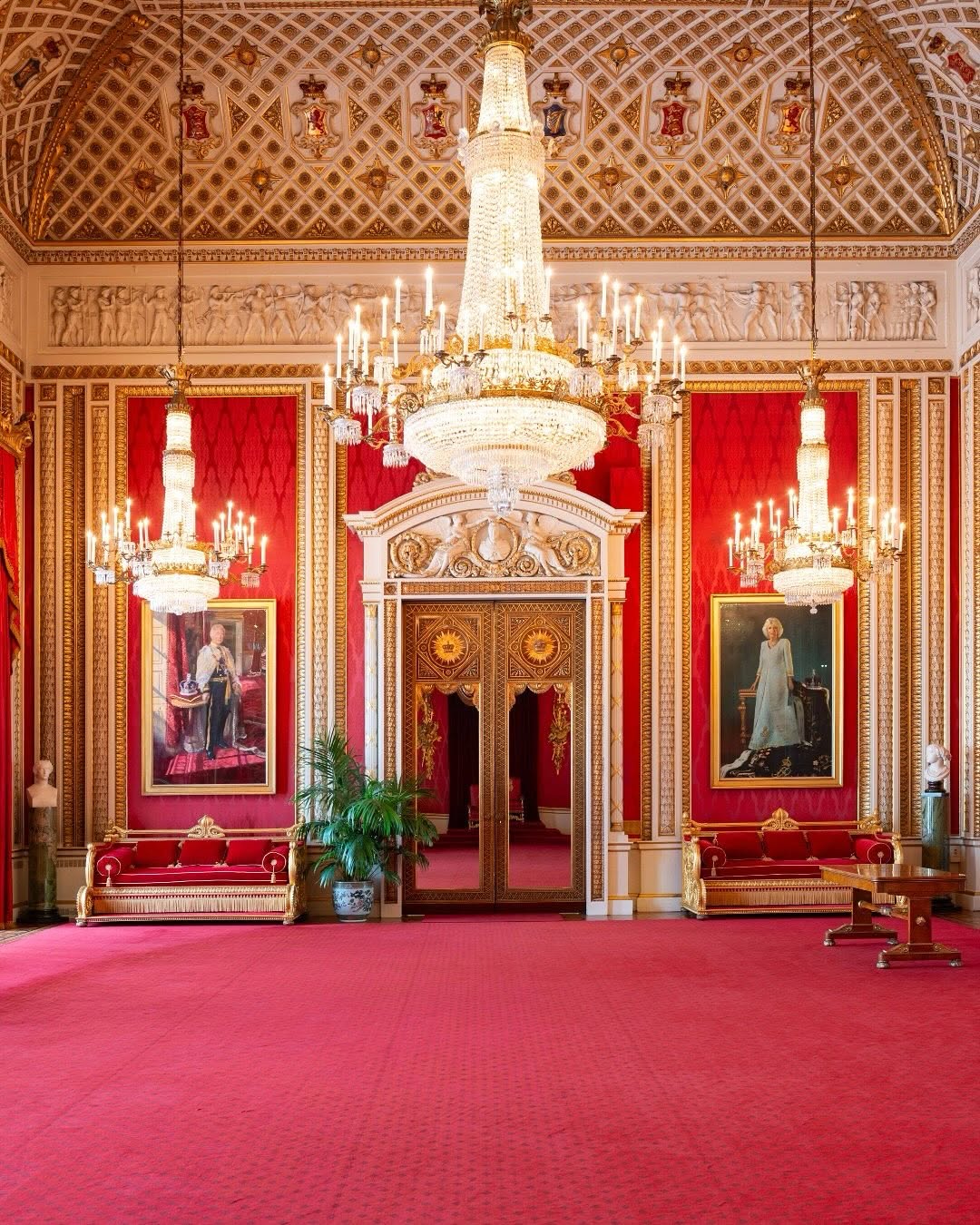
Windsor Castle: A Living Symbol of British Royal Heritage
The world’s oldest inhabited castle continues to shape history and tradition.
Windsor Castle stands as one of the most iconic and enduring symbols of the British monarchy. Located just outside London in the county of Berkshire, the castle has served as a royal residence for over 900 years. Originally built by William the Conqueror in the 11th century, it has witnessed countless moments of national and global importance from royal weddings and state banquets to times of war and mourning. Today, it remains an official residence of King Charles III and a vital setting for ceremonial life in the United Kingdom.
Architecturally, Windsor Castle is a striking blend of medieval fortifications, Gothic grandeur, and modern restoration. Its Round Tower dominates the skyline, while St George’s Chapel showcases late Gothic craftsmanship at its finest. The chapel has hosted significant royal events, including the weddings of Prince Harry and Meghan Markle, and Princess Eugenie and Jack Brooksbank. The interiors, particularly the State Apartments, are a testament to centuries of artistic patronage, with ceilings painted by Verrio and rooms lined with works by Van Dyck, Rubens, and Rembrandt.
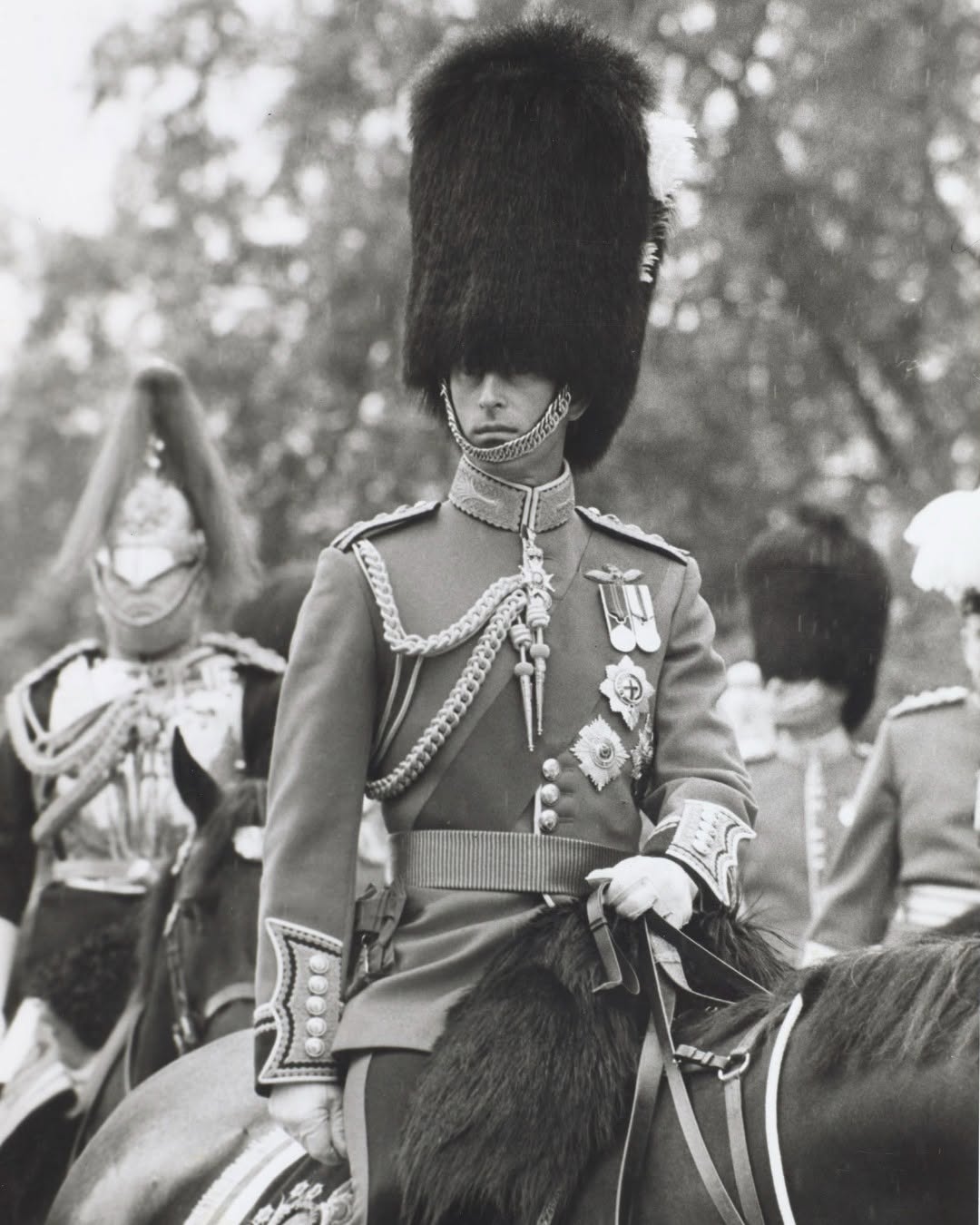
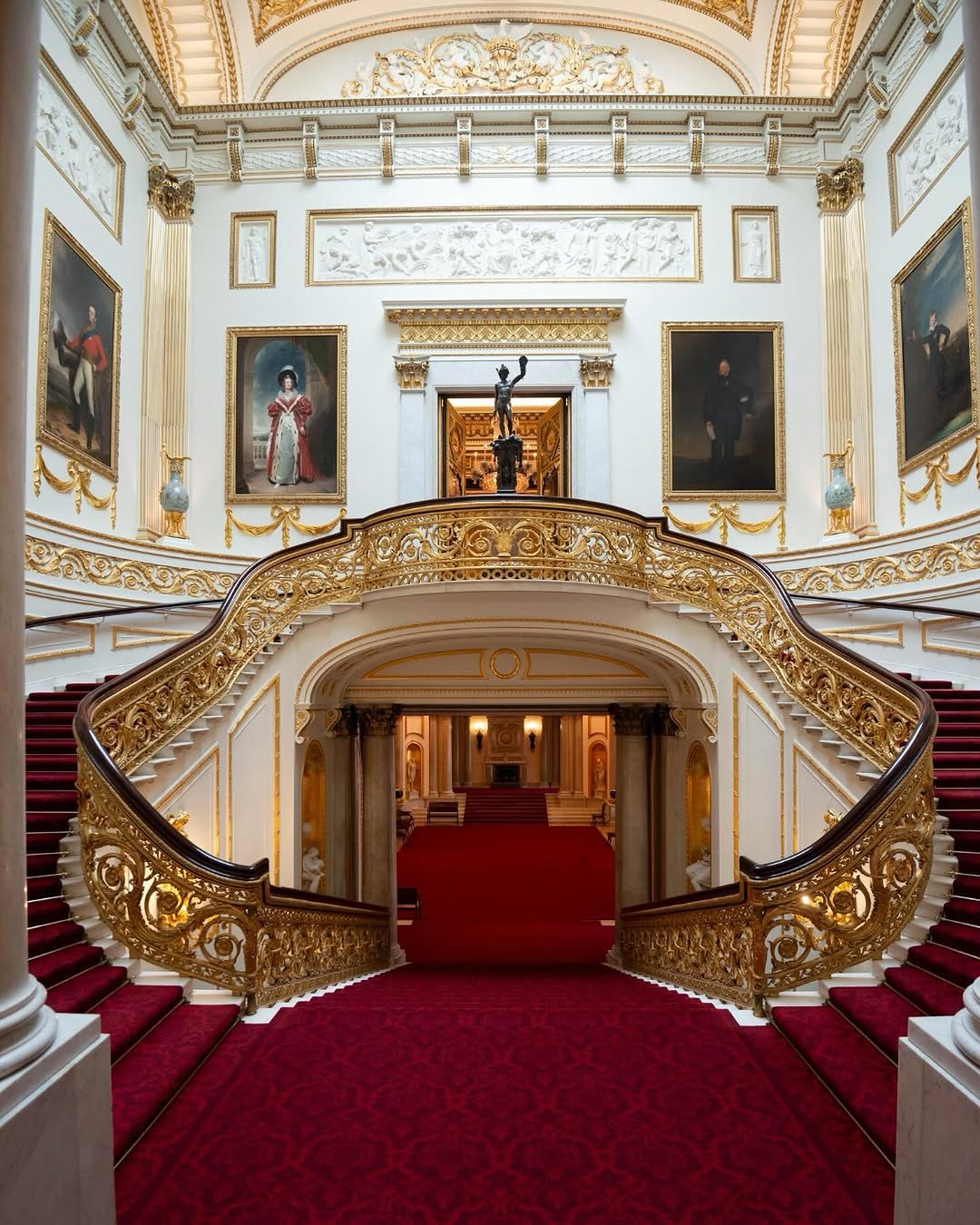
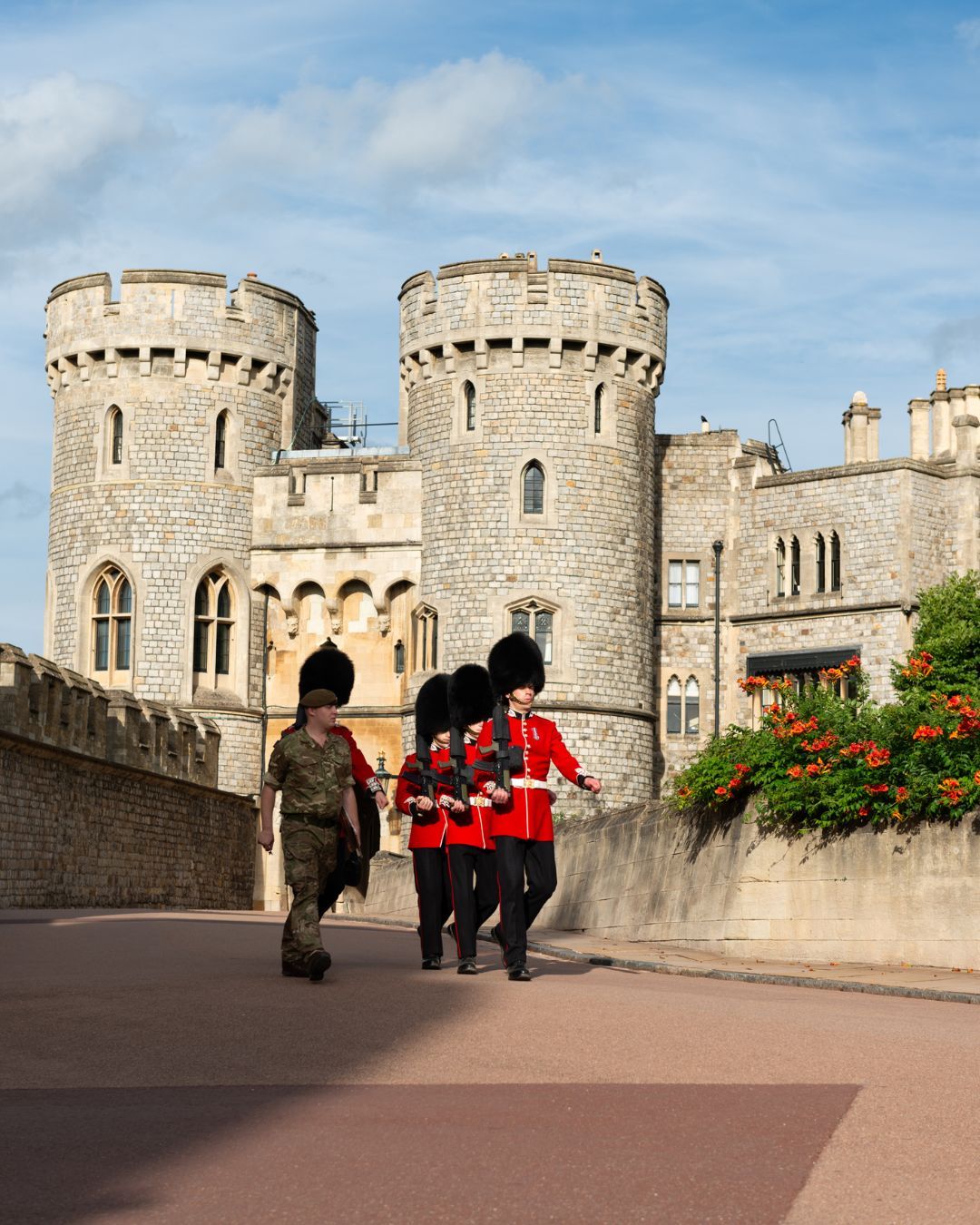
Beyond its visual splendor, Windsor Castle plays a vital role in preserving royal traditions. It is home to the Order of the Garter the oldest and most prestigious order of chivalry in Britain and hosts the annual Garter Day ceremony attended by senior royals. The castle also houses invaluable archives and collections, including rare manuscripts, arms, armor, and historical documents that reflect the depth of Britain's cultural and political legacy. For visitors and scholars alike, Windsor offers not just beauty but insight into the evolving nature of monarchy.
Despite its ancient roots, Windsor Castle is a working palace, adapting to the demands of the modern monarchy. It continues to host foreign dignitaries, state occasions, and royal audiences, serving as a vital space for diplomacy and governance. Following the passing of Queen Elizabeth II, the castle became a central place of national mourning, underscoring its emotional significance to the British people. It remains not only a residence but a living symbol of continuity, resilience, and national identity. As Britain moves through a new royal era, Windsor endures as a place where the past and present meet where history is not only preserved but actively made.
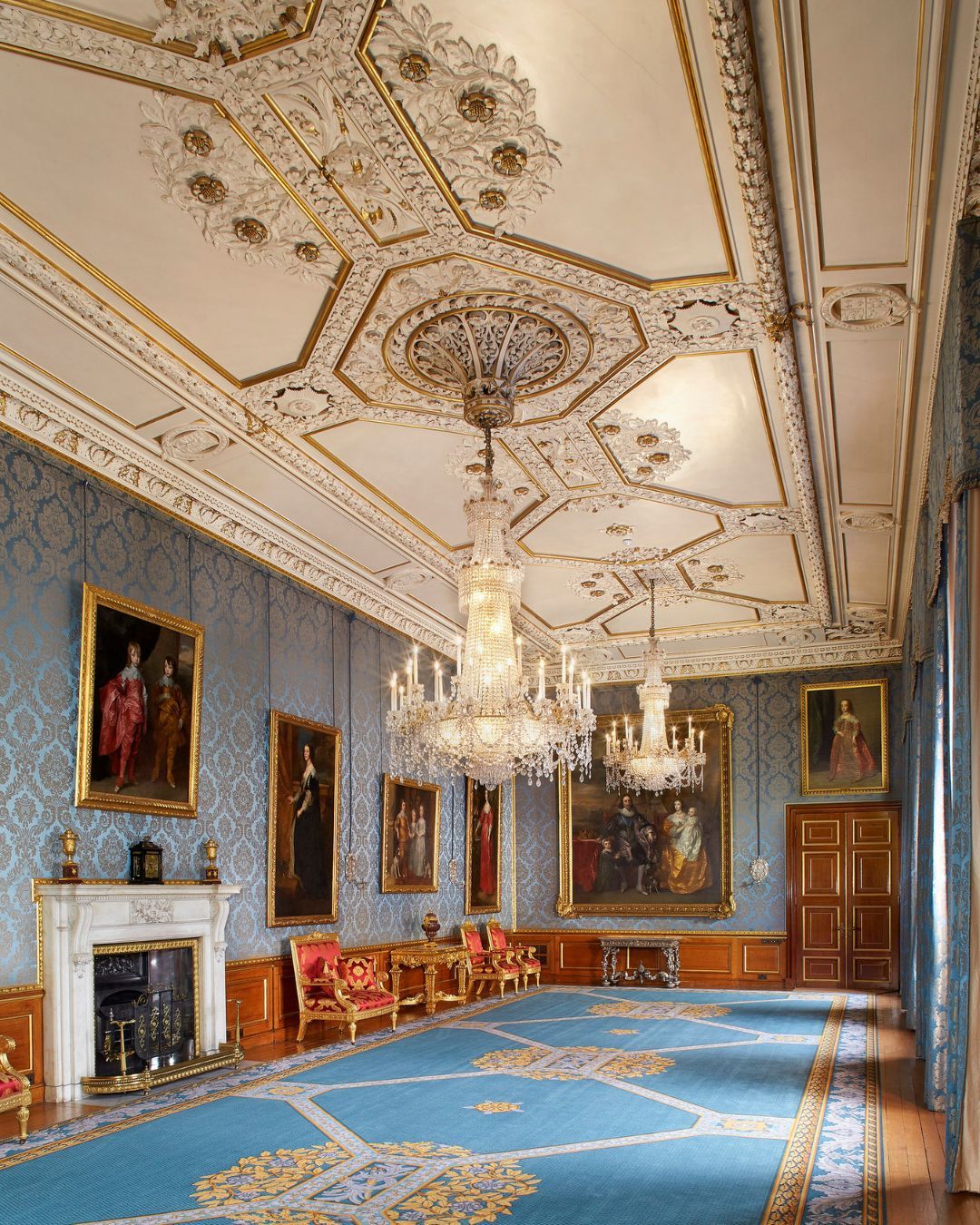


.svg)
.png)




























